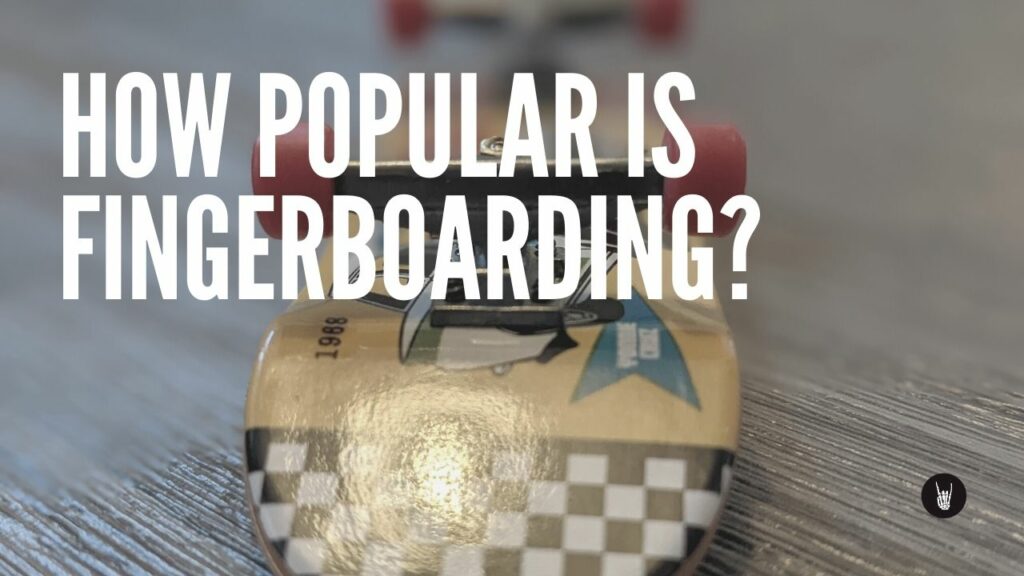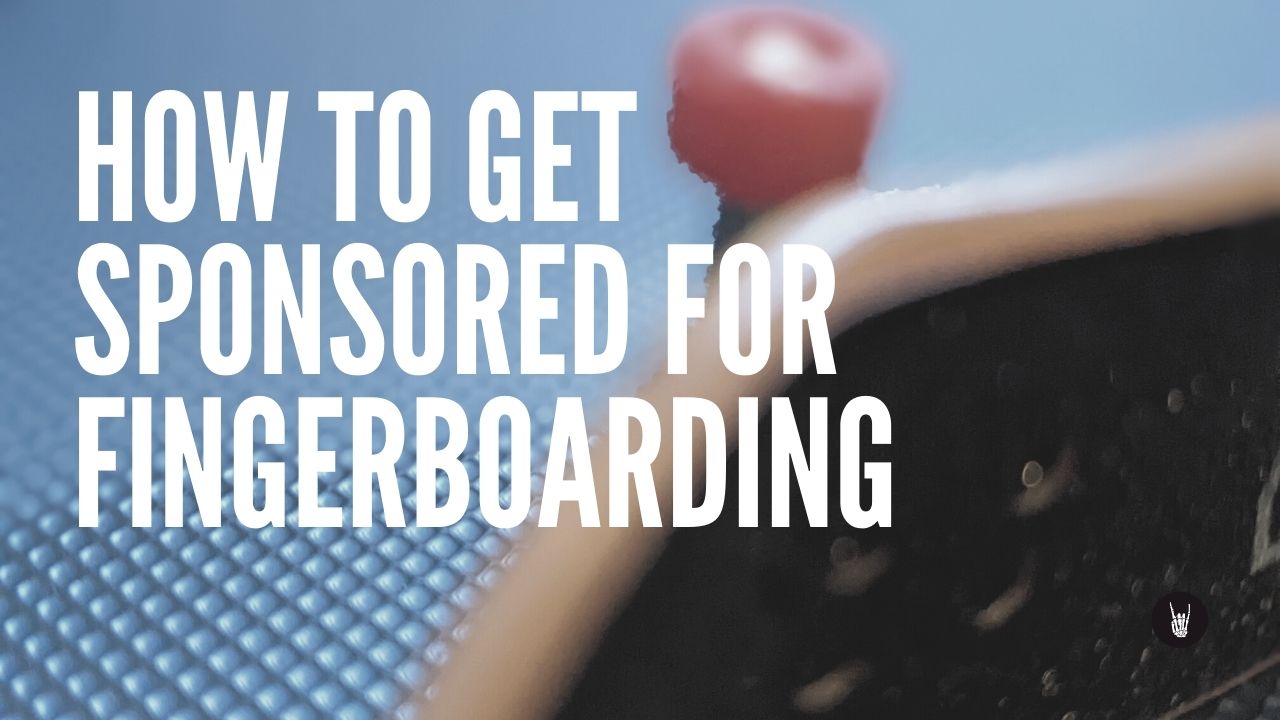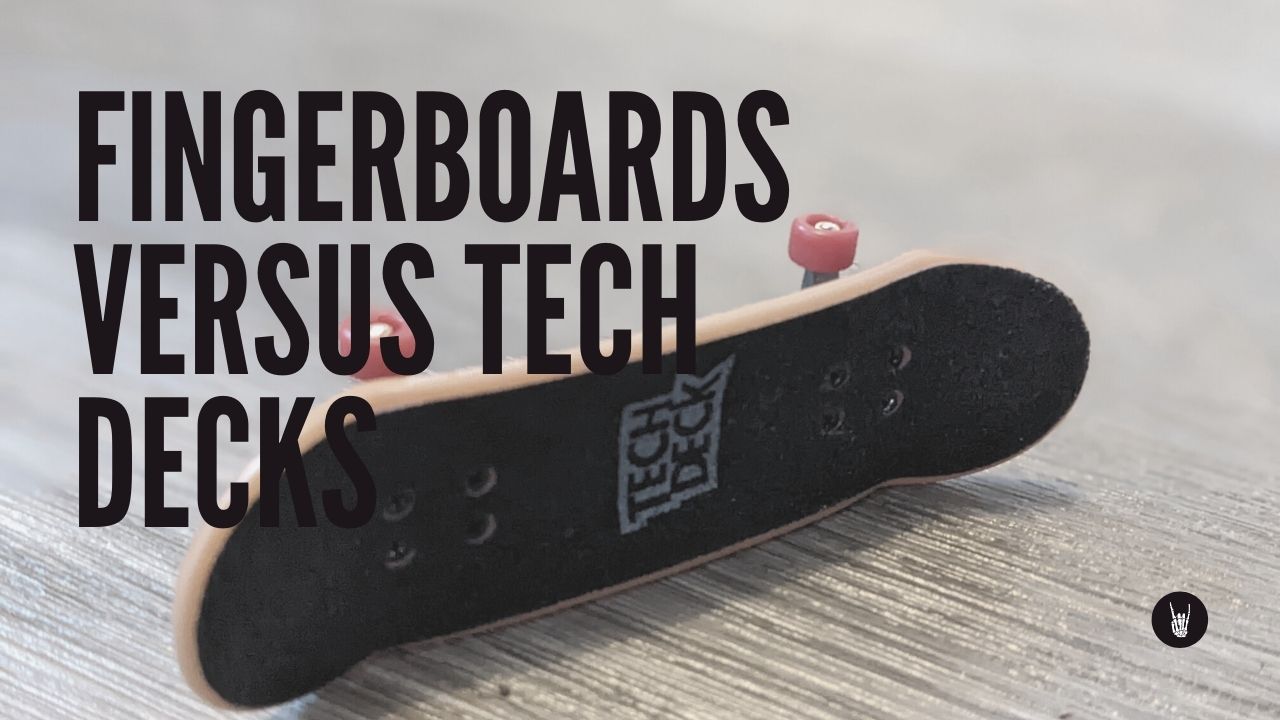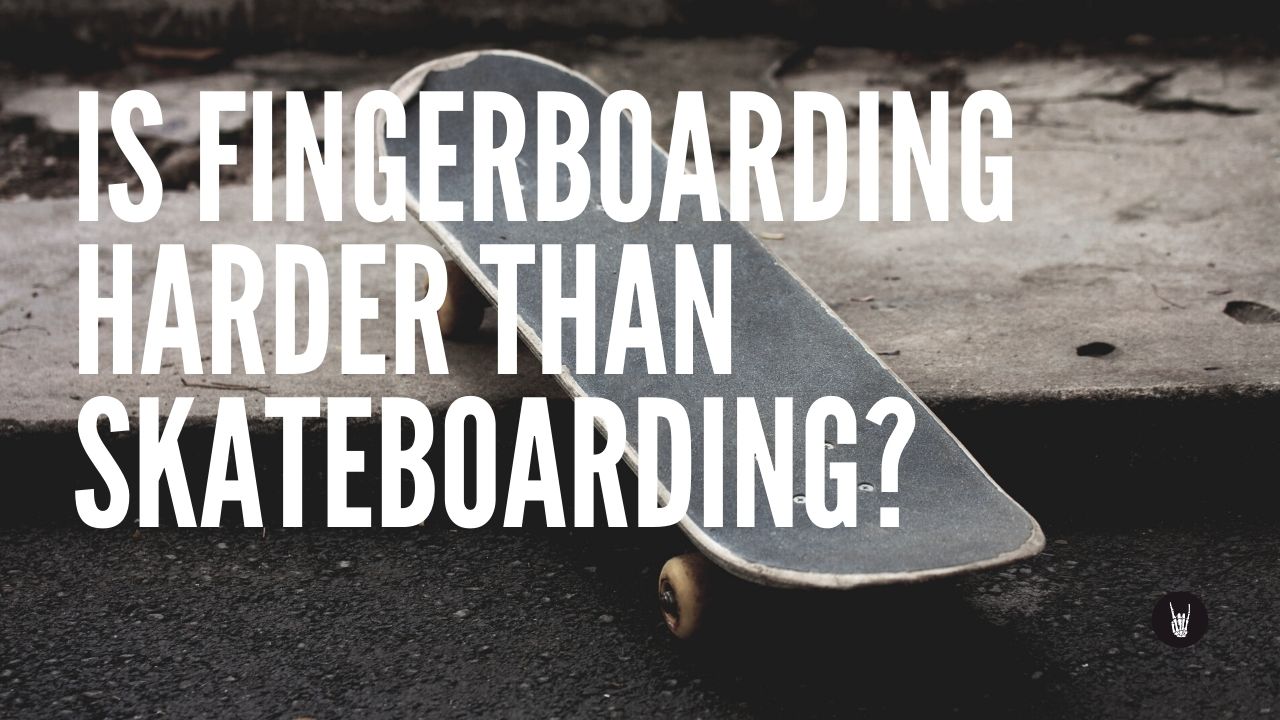Fingerboarding is the art of “riding” a skateboard that is only about a few inches wide with your fingers. If you think this is something rare and unique, think again. Today, fingerboarding is extremely popular, so much so that there are even tournaments and contests you can enter once you get the hang of it. The most interesting part of fingerboarding is that if you look real close, you’ll notice that these miniature skateboards are just as detailed as the real things. The only difference is that you ride the skateboard with your fingers instead of your feet.
So, how popular is fingerboarding? It is extremely popular in Europe, Asia, and the United States, and there are hundreds of fairs, workshops, and competitions for fingerboarding experts to enjoy.

What Is a Fingerboard?
Most fingerboards are about four inches long and roughly one inch wide. The scale ratio between a real skateboard and a fingerboard is roughly 1:8. People usually use their middle and index fingers to ride the fingerboard, and it doesn’t take long to notice that fingerboards are built in great detail, including the grip tape; the plastic, wooden, or paper deck; the bushings; and the interchangeable wheels and trucks. Fingerboards truly are tiny little skateboards, but the exact replication is important because to compete with one another, all fingerboarders have to have fingerboards of the same size and design.
How Did Fingerboarding Get Started?
By most accounts, the very first fingerboard was introduced in 1985 in a video entitled Future Primitive. It was invented and first played by Lance Mountain, and the first fingerboard was made out of cardboard, coffee stirrers, and axles taken from Hot Wheels cars. The thing is, it took nearly 10 years for these tiny skateboards to become commercialized and begin being mass-produced. In the late 1990s, Tech Deck came out with a fingerboard, and before the world even knew what fingerboarding was, more than 20 million finger skateboards had been sold.
Today, many other brands of fingerboarding are now being sold, including Deluxe Finger Banger Boards, Super Mini Boards, Berzerk, Pro Precision, and Buckledown, among others. Before long, stores such as Toys ‘R Us and Walmart were selling fingerboards, and today they are as popular as ever. If you’re wondering what inspired Lance Mountain to create these miniature skateboards known as fingerboards, the answer is simple. He was inspired by the 1960s homemade fingerboards that were attached to keychains and placed in gift shops all over the world.
How Popular Is Fingerboarding?
Today, a lot of Millennial and Gen X kids have gotten into skateboarding simply because they got interested in fingerboarding first. It seems that for many people, once you start fingerboarding and start enjoying it, the next logical step is to start enjoying the “real thing,” i.e., skateboarding. With so many young people remaining glued to their electronics most of the day, both fingerboarding and skateboarding offer welcome reliefs from staring at screens all day and allow kids of all ages to enjoy some sunshine and exercise once in a while.
All of this being said, fingerboarding is not as popular as it once was, even though it is still around. They were so popular at one point that they were even included as toys inside of McDonald’s Happy Meals. Today, they are often given away as freebies by various companies and as minor awards. They are still very affordable toys and their price has been stable since around the mid-2000s.
Fingerboarding has been so popular in the past that in 2008, the Fingerboard World Championship debuted, and even now it is the most prestigious fingerboarding competition in the world.
Fingerboarding Accessories and More
Fingerboarding has been so popular that now, companies are creating a ton of accessories for these skateboard replicas. This can include collectors’ editions, ramp sets, stairs, tuning tools, handrails, spines, and even replacement parts. Indeed, fingerboard owners seem to love doting on their fingerboards, so it’s good to know that they can purchase various items that make these fingerboards even more exciting to own and to use. To go along with the fingerboards, many companies even make playgrounds and parks that you can take your fingerboards to and enjoy them even more.
Conclusion
Interest in fingerboarding has waned in the past years, but in at least three areas of the world – Asia, Europe, and the United States – it is more popular than ever. Thanks to the Internet, fingerboard owners can still find out about contests and competitions and meet virtually with other enthusiasts any time they like. Fingerboarding is like any other skill in that it takes some practice to get good at it, and finding the perfect detailed fingerboard is a lot easier than you think. Despite everything, this is one hobby that won’t be going away anytime soon.



